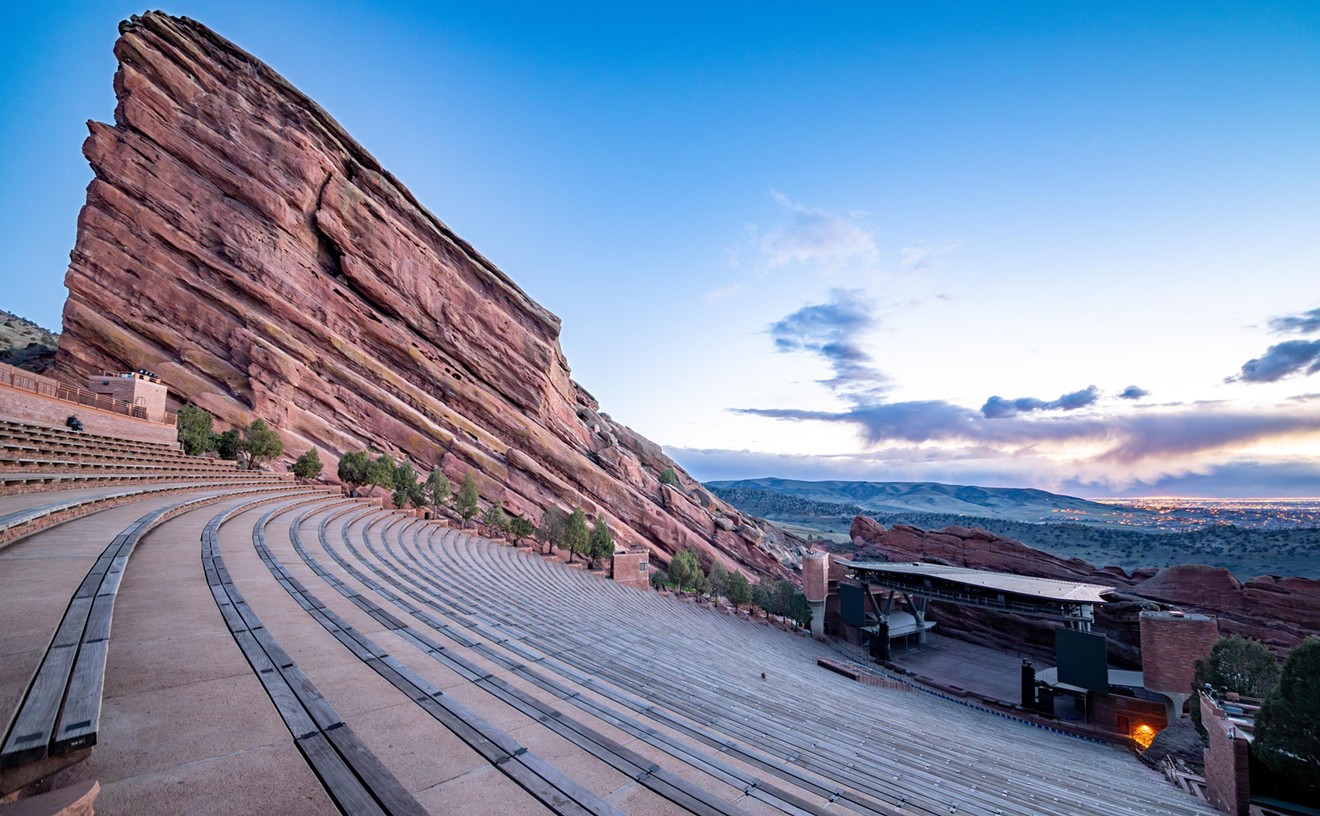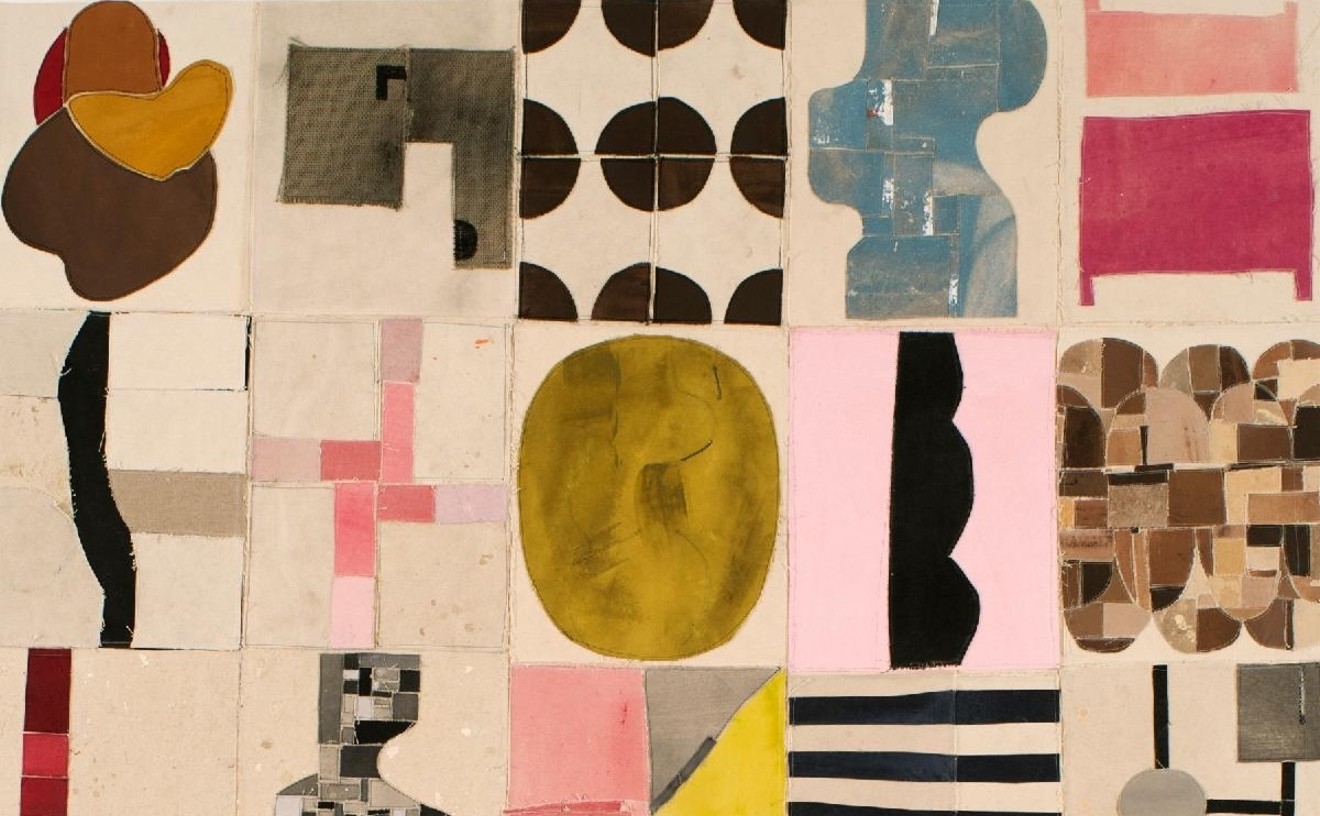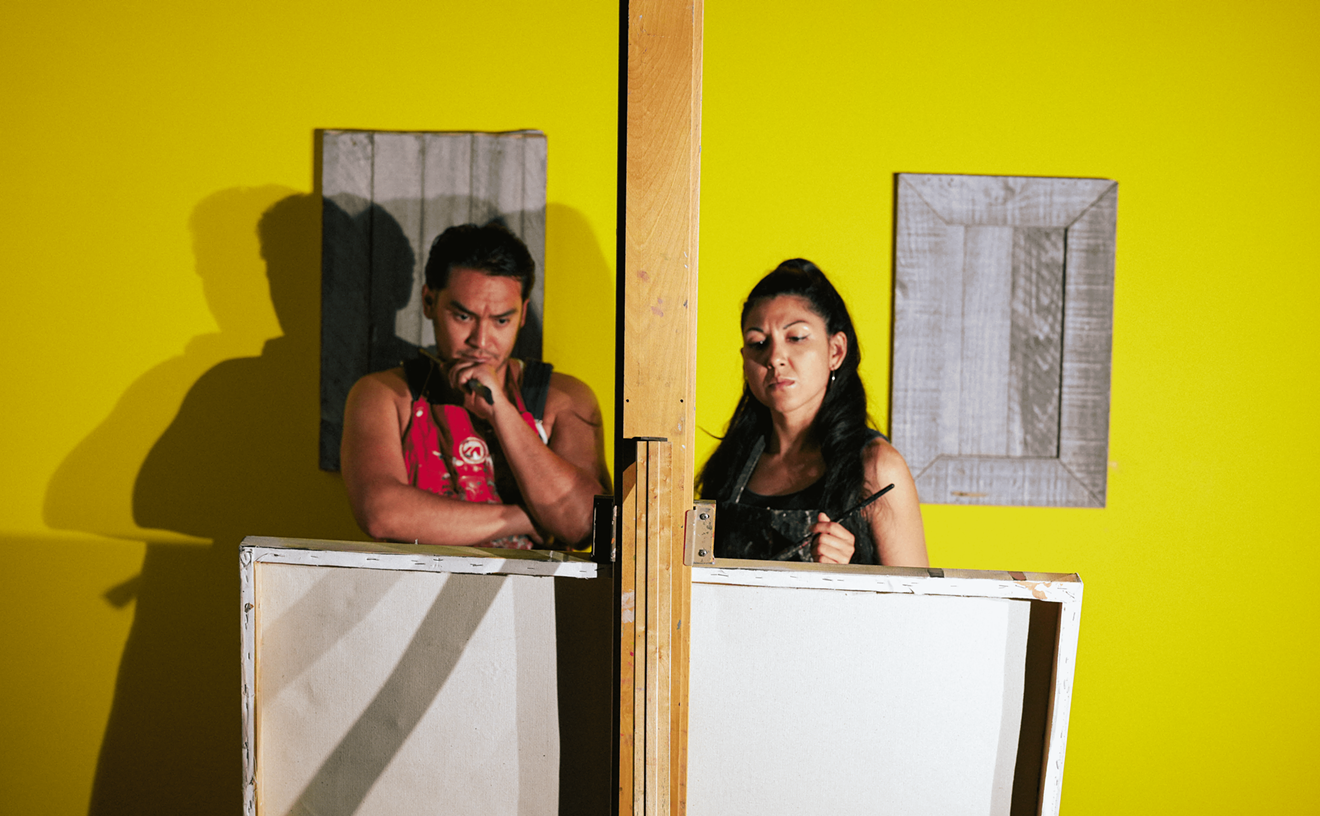"I don't know who invented the lindy, but I know who named it--it was a guy named Shorty Snowden," Manning says. "Shorty was in a marathon, and he was doing his dance, and people noticed that it looked different from what the others were doing. Well, all the headlines then read: "Lindy Hops the Atlantic." So when a newspaper person asked Shorty what he was doing, he remembered that headline and said, 'I'm doing the lindy hop.'"
The best dancers gathered in what was called the Cat's Corner, an area distinguished by an imaginary velvet rope where, when the band was cooking, the most acrobatic couples would go hip-to-hip in friendly competition. A brilliant dancer and an even better choreographer, Manning was among those who were allowed to hop over that rope. For him, it was just the natural thing to do. "In the late '20s, early '30s, that's all there was--swing dancing to swing music," he remembers. "Everybody was doing it. You would watch others do it, and then you would do it, too. It's very catchy."
Manning toured with Whitey's Lindy Hoppers, a hand-picked troupe that accompanied swing's aristocrats around the world. "I've been very fortunate to associate with royalty--the Count of Basie; the Duke of Ellington; the King of Swing, Benny Goodman; and the King of Hi-De-Ho, Cab Calloway," he says. Like most popular trends, though, the swing era eventually gave way to new horizons with the advent of World War II. Droves of entertainers, Manning among them, were drafted, and swing's final death knell sounded in 1944, when the government slapped a steep tax on dance clubs. Big bands gave way to small groups, and bebop, an avant-garde musical mode tailored more to listening than to dancing, was born.
"To me, it was a sudden change," Manning says. "When I went into the Army in 1942, big bands were still around. I came back out in 1947 and they were all playing bebop. I was in shock. It was a kind of music I wasn't used to listening to--you couldn't dance to it."
Still, the cream of the big bands--Basie, Ellington and the like--continued to tour after the war, and Manning was fortunate to restart his career, hitting the road again with his own troupe, the Congaroos Dancers. He worked with great jazz vocalists such as Ella Fitzgerald and Sarah Vaughan, both of whom could cut a rug, and even with bebop trumpeter Dizzy Gillespie, who never lost his appreciation for the swing rhythm.
"Even though Dizzy was a bebopper, when I first got out of the Army, I got an engagement with him," Manning says. "We were friends. I knew Dizzy back when he was a youngster, when he first started out playing with Teddy Hill. That was before he was even called Dizzy. He was just John Birks Gillespie.
"I got this engagement working with Dizzy, and I gave him my music to play for the act. Well, he had this bebop drummer, and he didn't play swing at all--he played the bop style of drumming. We were awful--we just couldn't follow it, because it wasn't rhythmic like swing. After the show I saw Dizzy, and I said to him, 'What is this stuff?'--I couldn't even use the word, I could just call it stuff--but he just looked at me and smiled and walked away."
After that the opportunities began to dry up, especially for those who wanted to stay in one place. Manning had a family, and his wife urged him to settle down. "She finally said, 'Look, brother, can't you get a job and be home with your family?' Things were getting slow," Manning remembers, "so I decided to retire." He went to work for the post office, where he remained for the next thirty years. "It was like a different life," he says. But he still polished the floor: "I still went out dancing. I'd get off at twelve midnight, and that was just the right time to go out dancing," he says. "I didn't dance professionally at all, but there were social clubs in the post office--they'd have dances and invite you to go. There was a lot of that. Occasionally they'd say, 'Well, Frankie, why don't you dance?' And I'd get up and show off a little bit."
Undaunted by his long haul at the P.O., Manning returned to the dance world in 1987 and has since made a name for himself all over again as a choreographer for the Broadway musical Black and Blue and the modern-day Big Apple Lindy Hoppers. But the 83-year-old's chief occupation these days is as the lindy's main ambassador. He's back to globe-hopping, giving workshops, lecturing and making sure the dance survives.
"To me, this is such a wonderful, happy dance--you get such a good feeling from it," Manning explains. "It's not just for young people, and it's not for one ethnic group. I would like to see everybody do it. I want to let folks around my age know they don't have to sit in a corner or rocking chair. It's a wonderful thing to do--everybody should try it."
--Froyd
"Frankie's Stories," lecture/demo by Frankie Manning, 8 p.m. April 15, free. Savoy lindy hop workshops with Manning, April 14-18, call for information. Frankie Manning Dance Party, 9 p.m.-midnight April 17, $10 ($15 with pre-dance workshops). Karen Lee Dance International/ Karavan Studios, 840 Speer Boulevard, 825-1116.











